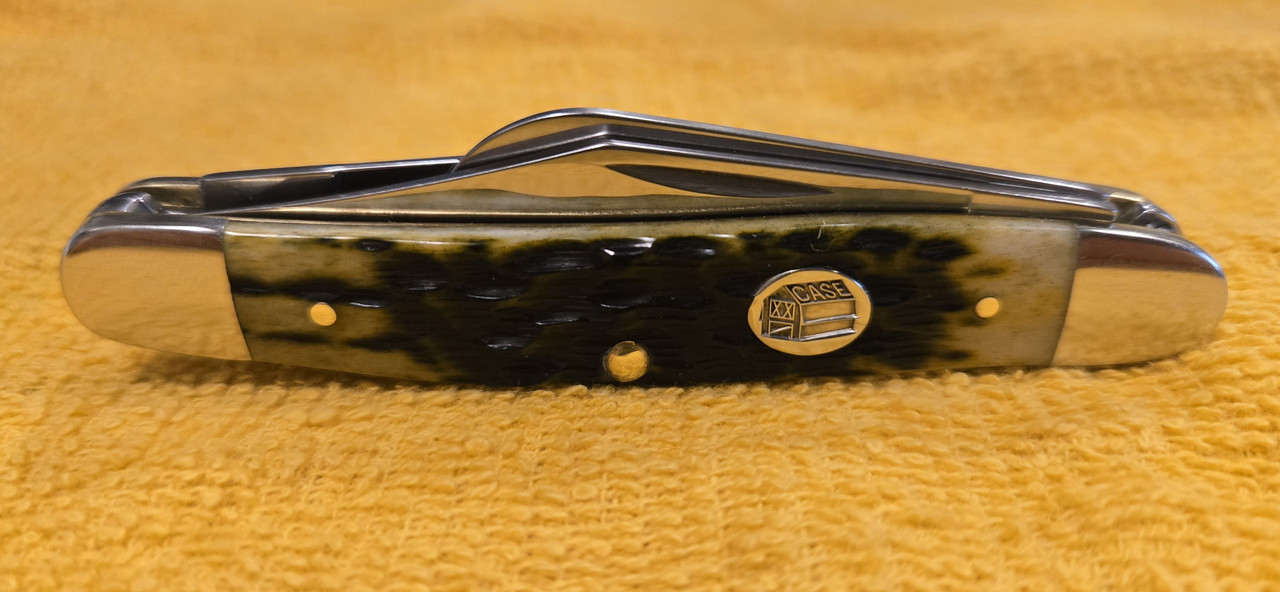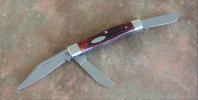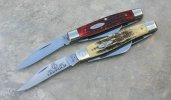- Joined
- Jun 10, 2024
- Messages
- 1,073
I will have to dig out the two models I have later but my question is why does a three blade knife not more commonly have three springs? It seems like it would speed up assembly by eliminating the need to tweak the two opposing blades and really cut back blade rub.
Or is there something obvious I'm missing? I can't imagine the extra part (spring) is so expensive that the increase in throughput wouldn't negate the cost. Then factor in returns for blades rubbing or sticking. And yet it's not common.
What gives?
Or is there something obvious I'm missing? I can't imagine the extra part (spring) is so expensive that the increase in throughput wouldn't negate the cost. Then factor in returns for blades rubbing or sticking. And yet it's not common.
What gives?












